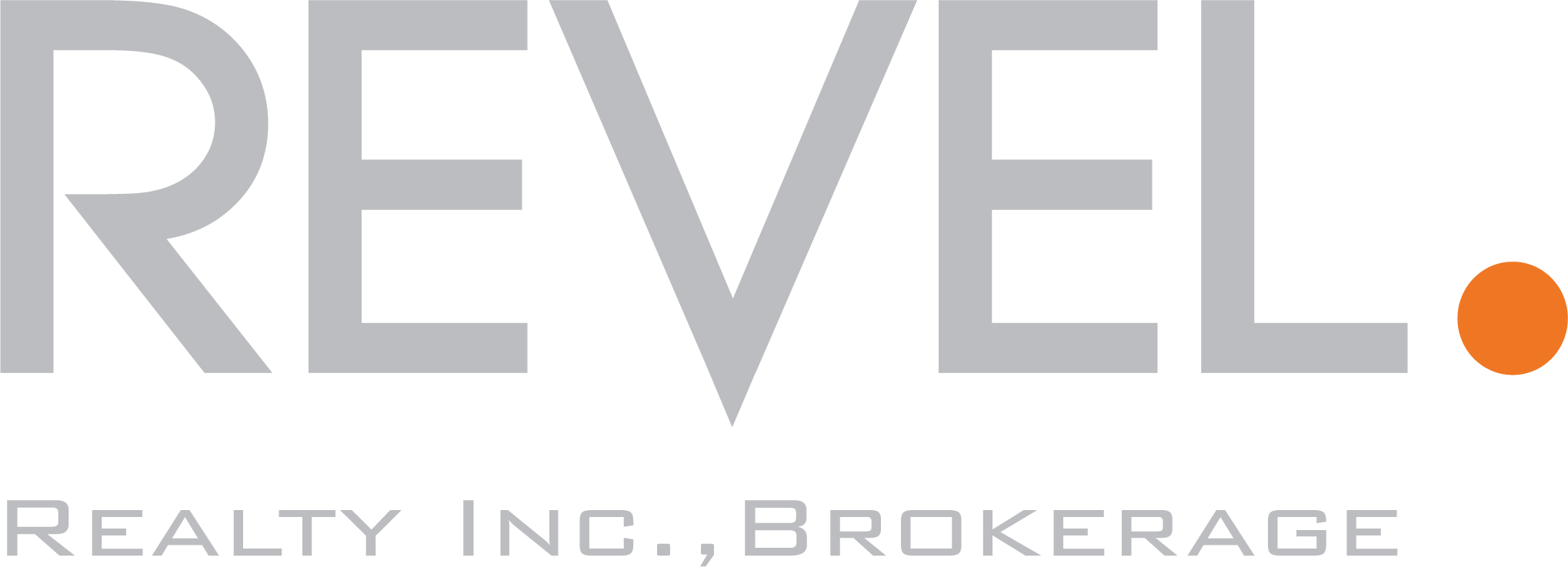How to Calculate Cap Rate on Real Estate Investments
What is the Cap Rate?
Capitalization rate – more commonly referred to as “Cap Rate” – is a key formula to understand when evaluating real estate from the perspective of an investor looking for income properties. The Cap Rate helps you determine how long it will take for your investment to pay for itself (more on this later).
The formula is as follows:
![]()
Where people usually get confused is when they calculate the Net Operating Income (NOI). It is important to note that the net operating income does not include loan (mortgage) repayment! Lets look at an example.
Cap Rate Calculation on a Typical Triplex in Windsor, ON
We are looking at investing in a fairly typical multi-family home. Our example home is a Triplex close to the university with an asking price of $279,000. The units rent for $1,000 (Unit 1), $800 (Unit 2) and $600 (Unit 3) and the tenants pay all utilities. Taxes are $3,200/yr and insurance is $600/yr.
Net Operating Income is going to be our annual income less operating expenses. In our case:
Annual Income:
Rent = ($1,000 + $800 + $600) * 12 = $28,800
Annual Operating Expenses:
Taxes = $3,200
Insurance = $600
Maintenance = $2700 (rule of thumb is about 1% of house value)
Total = $6,500
NOI = $28,800 – $6,500 = $22,300
Assuming we pay full asking price, our cap rate would be:
Cap Rate = NOI / Value of House = $22,300 / $279,000 = 0.08
Our cap rate is therefore 8%
How To Use the Cap Rate
So we know the cap rate is 8% – now what? There are three major uses for the cap rate when looking at income properties.
- Calculate how long it takes for the investment to pay for itself. An 8% cap rate tells us that the investment will pay for itself in 12.5 years (100% / 8%).
- Use it to compare other potential investments in the area. Prices and income can vary. Using cap rate is a good way of leveling the playing field between potential investments. Which one has a better cap rate?
- Use it to determine what the property is worth to you. People can ask whatever they want for a property, but the cap rate can tell you what you’re comfortable paying. Once you know what a reasonable cap rate for an area is, you can use it to determine what price you’ll pay for a house. For example, if you are looking at a property with an NOI of $16,500 and you know that 8% cap rate is what you’re looking for in that area then you can modify the formula:Cost (Value) = NOI / Cap Rate = $16,500 / 0.08 = $206,250
So you now know, even if they are asking $225,000, you are only comfortable paying about $206,000 for the property given the comparable cap rate in the area is 8%.
What about Vacancy?
There are other things you can (and should) factor into your cap rate calculations. The biggest one we left out in our example is vacancy. I’ll cover how to estimate many of the variables in other posts, but for the sake of argument if you were accounting for a 6% vacancy rate, your NOI in the example above would be adjusted to $20,962 and the cap rate would therefore drop to 7.5%. If you wanted to maintain an 8% cap rate on all your properties, you could use the formula in point 3 above to determine what you are now willing to pay for the property:
Cost (Value) = NOI (adjusted for vacancy) / Cap Rate = $20,962 / 0.08 = $262,025
After factoring in vacancy, you find that in order to maintain an 8% cap rate the property must come down in price by over $15,000.
The more you do the calculations the more natural they will become and the more confident you can be in what a potential investment property is worth to you as you build your portfolio of income properties.
